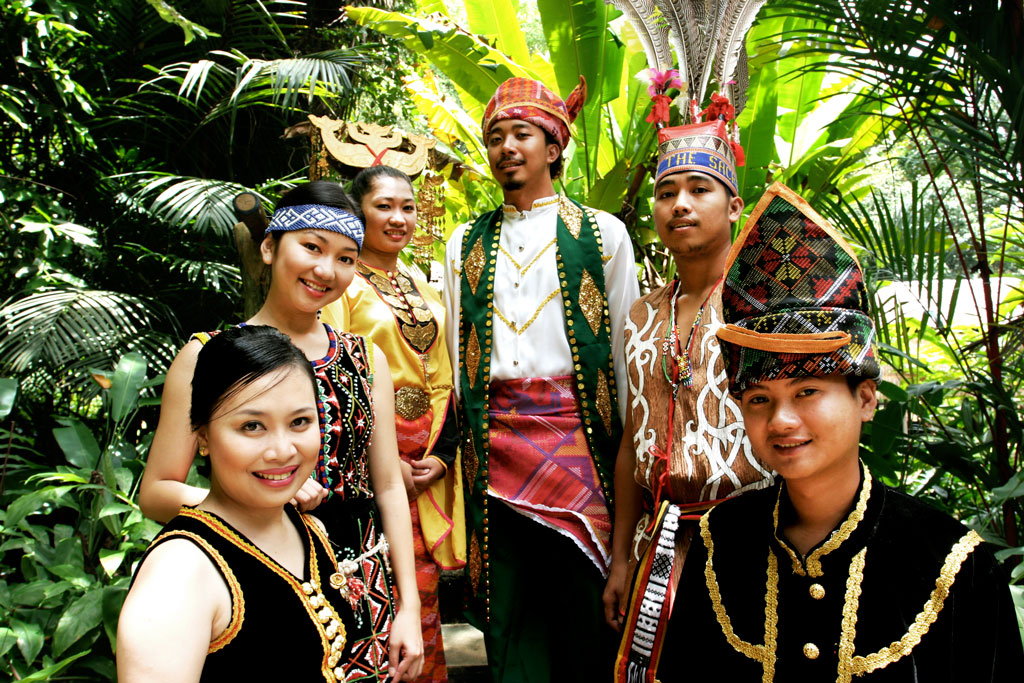
CULTURE OF KUNDASANG, SABAH
Sabah's population is heterogeneous and culturally diverse, with more than 30 different ethnic races and over 80 local dialects spoken. Many of the ethnic groups share a similar oral history, languages and traditions. However, lack of communication due to rugged terrains has resulted in the evolution of many dialects in common languages, different dress styles, handicrafts and cultures. The largest indigenous ethnic group is Kadazan-Dusun, followed by Bajau, and Murut. Traditions and customs have long been part of Sabahans’ daily lives.
The Kadazandusun Tribe
This is the largest ethnic category in Sabah and is predominantly wet rice and hill rice cultivators. Their language belongs to the Dusunic family and shares a common animistic belief system with various customs and practices. Their ancient beliefs on the verity that everything has life - the rocks, trees, and rivers are all living things. Now many have migrated to urban areas and are prominent in the civil service and the professions.
The Rungus Tribe
The Rungus living in the Kudat district are known to have maintained their ancient traditions to this day. Even the traditional ladies costume has not many changes made to it. Some of the women still wear costumes made from cloth processed form hand-grown and hand-spun cotton. The Rungus are also well-known for their beadwork and the costume shows off some of their finest.
The Murut Tribe
Literally "Murut" means hill people". They inhabit the interior and southeastern parts of Sabah and the territory straddling the Kalimantan and Sarawak borders. They were onced feared head-hunters. Most Muruts live in three districts, Tenom, Keningau and Pensiangan where they were mainly longhouse dwellers. They are mostly shifting cultivators and hunters with some riverine fishing. Besides, hunting with a blowpipe and spear, they also gather jungle produce such as rattan and resin as well as plant paddy. Those of Murut origin speak 15 languages and 21 dialects. The language commonly used and understood by the large majority is Tanggal. Their language is also related to the Kadazandusun languages.